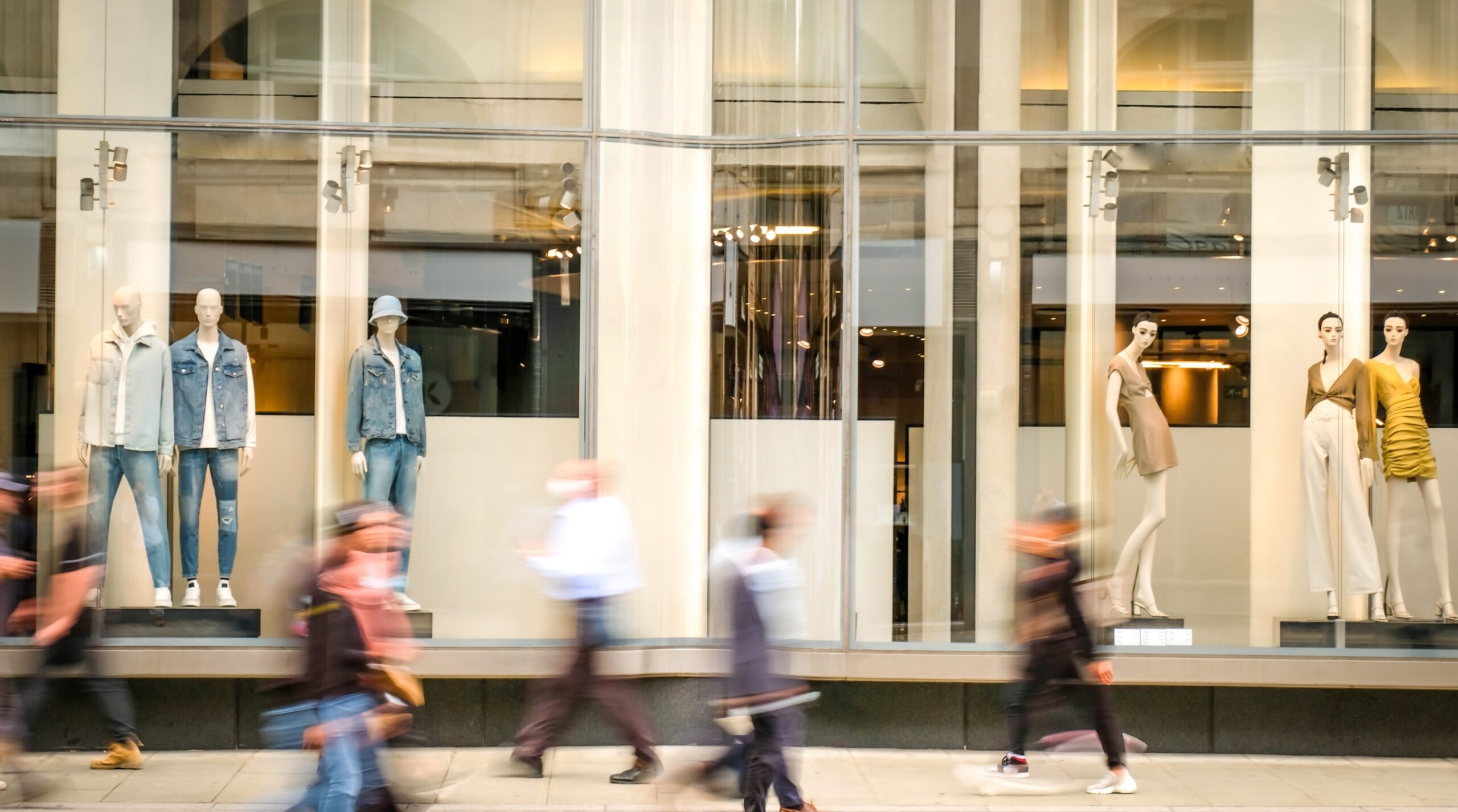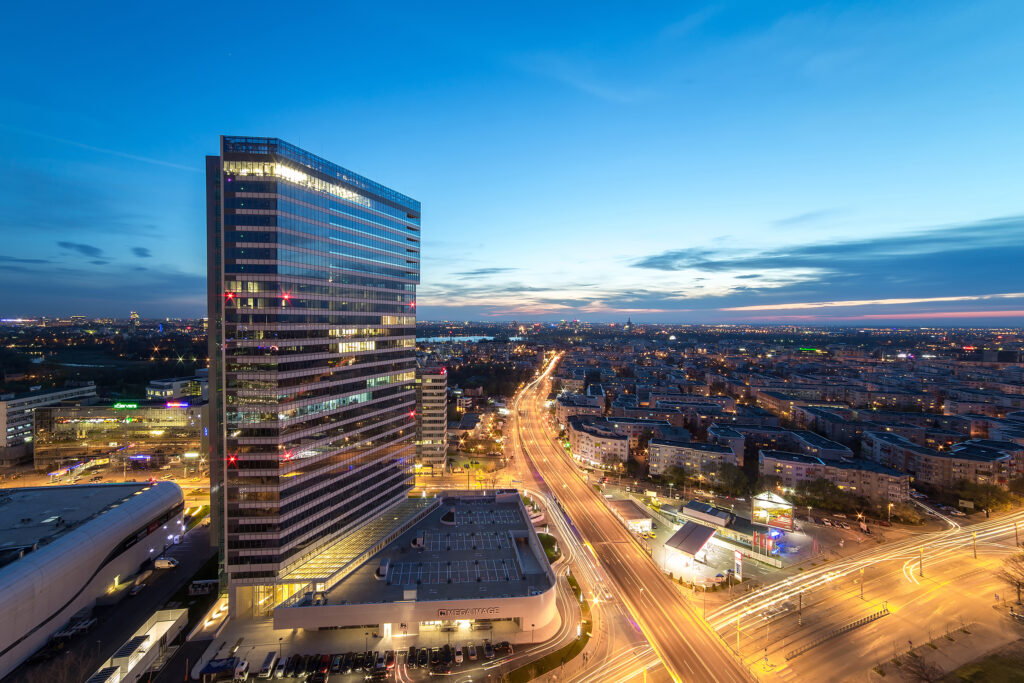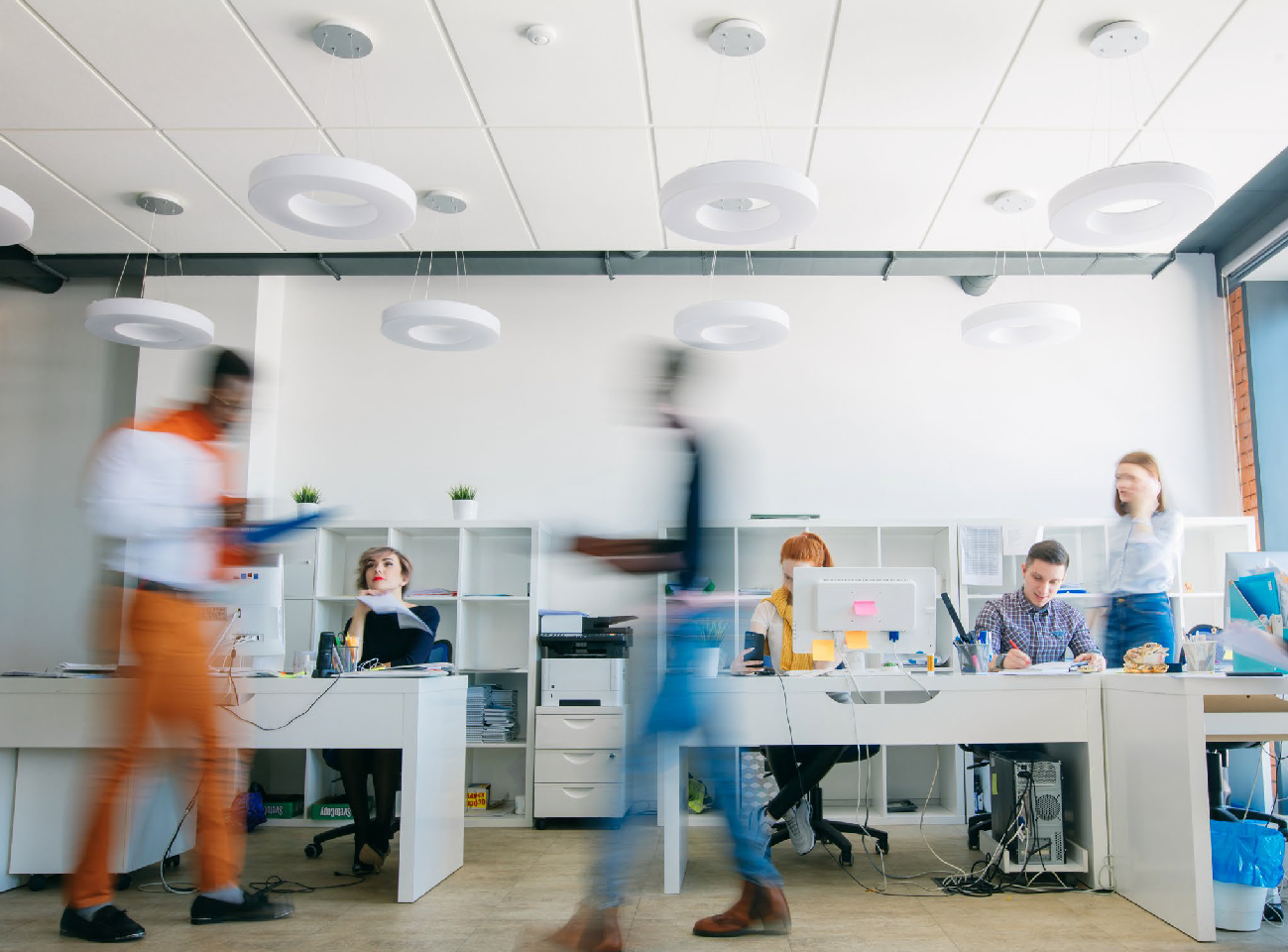Romanian Retail Snapshot 2025

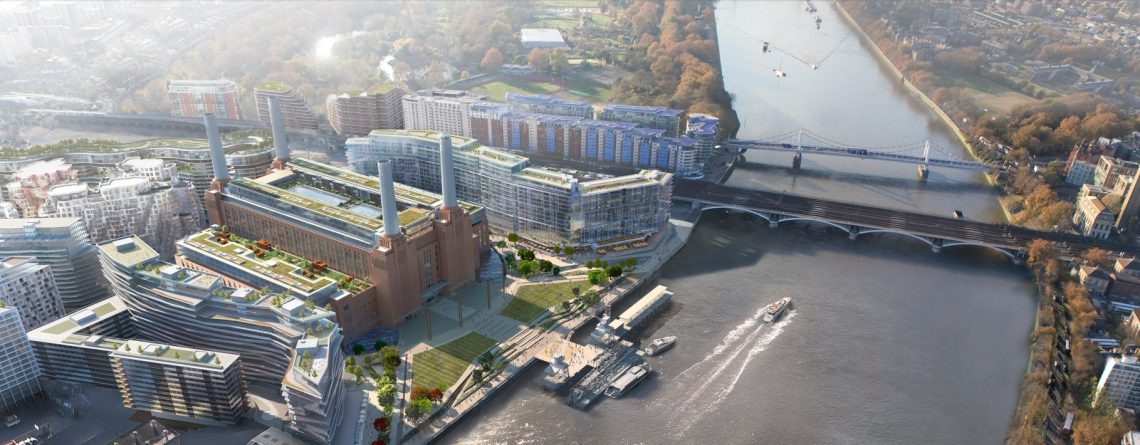
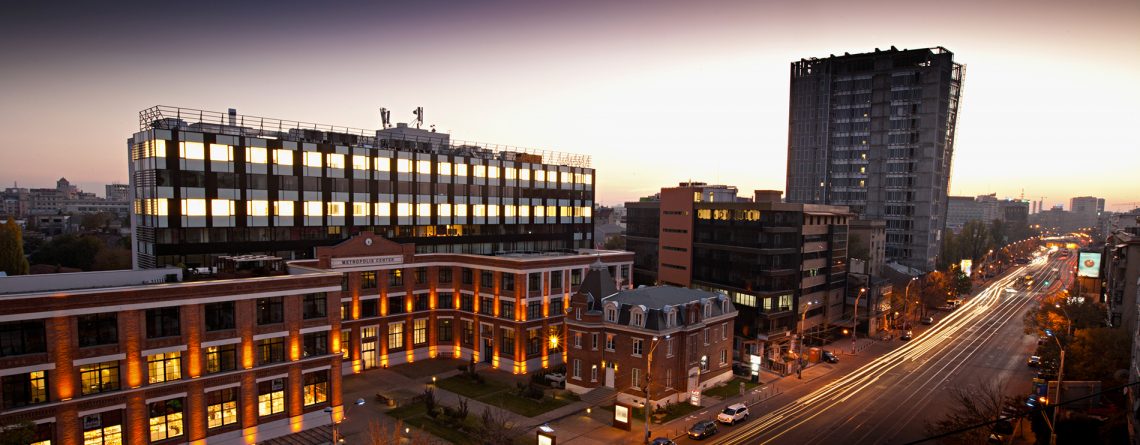
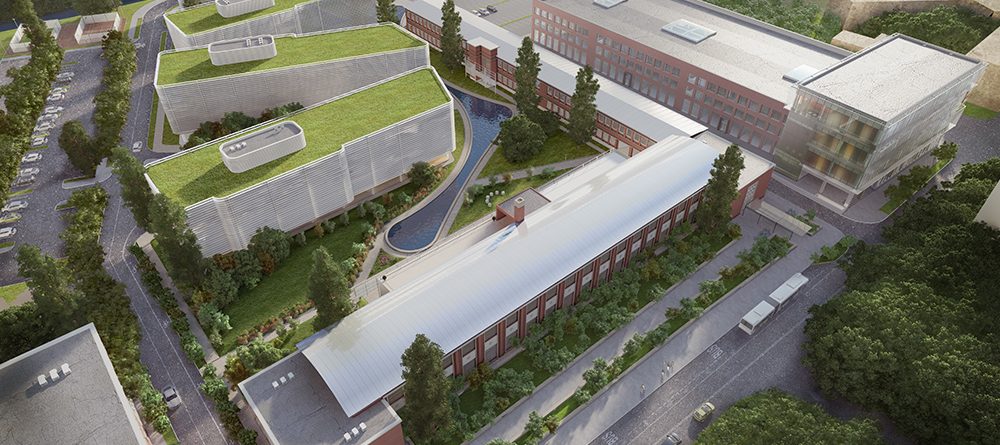

For several years I have been planning to put on a list all the buildings in Bucharest that grab my attention. I think the list would be quite long and it would include many well preserved historical monuments located throughout the streets of the city center, as well as a series of buildings that have been built over the last 15 – 20 years, which are distinguished in the landscape of the capital city through various elements of uniqueness.
One of the projects on my list would certainly be Metropolis Center, located on Iancu de Hunedoara Boulevard, near the intersection with Calea Dorobanti. The project, which currently accommodates office spaces, has a red brick façade, partially withdrawn from the boulevard, which reminds me of the times when Bucharest had fewer gray blocks and the public use buildings were landmarks projects designed by some of the most famous local and foreign architects.
Metropolis, which accommodates the local offices of international companies such as Parexel, Reckitt Benckiser or Boehringer Ingelheim, as well as the local representation of EBRD, has been built on the structure of the former publishing and printing house “Cartea Romaneasca”, a complex of buildings whose development began nearly a century ago on the boulevard that was called Bonaparte at the time.
The project was developed by Soravia Group, an Austrian family business with a history of over 100 years in the construction field, with a portfolio that includes a series of architectural monuments in Vienna, as well as the Radisson Blu Old Mill Hotel in Belgrade, built on the structure of an old mill within the city center. Another Austrian group, S + B Gruppe, is “responsible” for the Magheru One project, next to Hotel Lido, the current office building preserving the façade of a construction developed in 1936 by Constantin Angelescu, former secretary of state, interim prime minister and president of the Romanian Athenaeum (for 24 years). The building located on Magheru Boulevard is not actually a reconversion of a former industrial space, but it proves again the interest of the Austrian investors towards projects with a historical background, and here I would mention as well the Novotel Hotel on Calea Victoriei, owned by the Austrian group S Immo, that has been built on the site of the former National Theater Bucharest (destroyed by fire in []), whose entrance façade was reconstructed symbolically, to remind of the history of the place.
Examples of old industrial architecture integrated into modern projects can be noticed as well in Brasov, where some of the halls of the “Tractorul” factory have been transformed into offices, in Craiova, where a hall of the Electroputere plant has been converted into a shopping center, but also in Cluj, where the Liberty Technology Park project brought back to life the walls of the former Libertatea furniture factory.
On the mature markets, such as the United Kingdom or the United States, investors have taken the regeneration of the old industrial sites to a whole different level, transforming thermo-power stations or shipyards into multifunctional and unconventional urban spaces, that attract clients through their uniqueness and strategic locations.
In autumn last year, Apple decided to move 1,400 employees from London to the Battersea Power Station, an old thermal power plant on the Thames, which has been transformed by a Malaysian group into a mixed project that will include office and retail spaces, as well as relaxation areas, hotels and apartments, the total investment being estimated at 1.2 billion dollars.
On the banks of the Delaware River in Philadelphia, the old naval shipyard comprising 187 buildings where ships have been built and repaired for nearly 130 years (between 1868 and 1996), the Urban Outfitters clothing retailer decided to establish its headquarters and workshops by investing around 100 million Dollars for the reconversion of four industrial buildings.
The former beer factories Bragadiru (near George Cosbuc Square) and Grivita (next to the Basarab Bridge), Griro halls on the Grivitei road, the former Ford factory – Automatica on Floreasca street or the Filaret Gas and Electricity plant next to the Carol Park, are just some of the industrial spaces with heritage value located in central and semi-central areas of Bucharest, that sooner or later will be valued and brought back in the life of the city by investors with imagination, patience and courage.
Research Consultant C&W Echinox
Cristi Moga joined C&W Echinox in October 2015, after a 10 years career as a real estate journalist for Ziarul Financiar, the most prestigious business newspaper in Romania. As a journalist, Cristi published more than 5,000 articles (news, analysis and interviews) about real estate. Since he joined C&W, Cristi focused on research and analysis in retail, residential and office segments.




